Electric Rail Transfer Carts: Types, Load Capacity & Selection Guide
In the huge system of industrial production, material handling is the key link connecting each production link, and its efficiency and safety directly affect the production progress and operation cost of enterprises. As an efficient and stable material handling equipment, electric rail cart plays an irreplaceable role in different industries and scenarios by virtue of its unique rail running mode.
Material Transfer Cart On Rail Video
Types of Electric Rail Cart
- Light Rail Transfer Cart
The load capacity of light electric rail cart is usually around 1 to 5 tons, which can be called the ‘right-hand man’ for small workshops, laboratories, and light industrial production lines. Lightweight rail transfer cart can be used in small workshops, laboratories, and light industrial production lines. In electrical and electronic production plants, these rail transfer carts are used to transport small electronic products and components from one workstation to another.
Its lightweight and flexible nature enables it to steer freely and operate flexibly in relatively narrow spaces, making it easy to cope with even complex production line layouts. In addition, due to the smaller load capacity, light rail transfer carts require less bearing pressure on the track, generally using lightweight materials and structural design, drive power is also smaller, fully able to meet the short distances, small loads of frequent handling needs.
- Medium-Sized Rail Transfer Carts
Medium-sized rail transfer cart, with a load capacity ranging from 5 to 20 tons, are the core equipment for material handling in medium-sized machinery manufacturing enterprises and factories.
In automotive workshops, they are responsible for transporting engines, body parts, and other important tasks. Compared with light rail transfer carts, medium rail transfer carts have a more robust structural design. The wheels, frame, and other key components have been specially reinforced to significantly increase the load-carrying capacity.
At the same time, it is usually equipped with a moderately powerful drive unit, which not only can maintain stable operation on longer track lines, but also can fully meet the logistics needs of medium-sized production scale in terms of operation speed and efficiency.
Of course, in order to ensure its stable operation, track selection and laying also need to give full consideration to its carrying capacity and operational stability.
- Heavyduty Rail Transfer Carts
The load capacity of heavyduty rail transfer trolleys is generally over 20 tons, and can even reach hundreds of tonnes, which can be called ‘steel giants’ in the field of material handling, which is mainly used in heavy industrial fields such as steel mills, mines, and large harbours.
In the steel production process, it is responsible for transporting billets, finished steel, and other heavy materials; in the mines, it undertakes the transfer of ore. In order to cope with such a huge load capacity, heavyduty rail flat car adopts high-strength steel to manufacture the body and key components, with large wheel size and superb load capacity.
At the same time, it is equipped with a high-power drive system to provide sufficient power. Some of heavyduty rail transfer trolleys also adopt special rail structures and power supplies to ensure safe and efficient carrying and transporting of extremely heavy goods. In addition, its braking system is also more powerful and complex, which can achieve reliable braking under heavy load conditions and ensure transport safety.
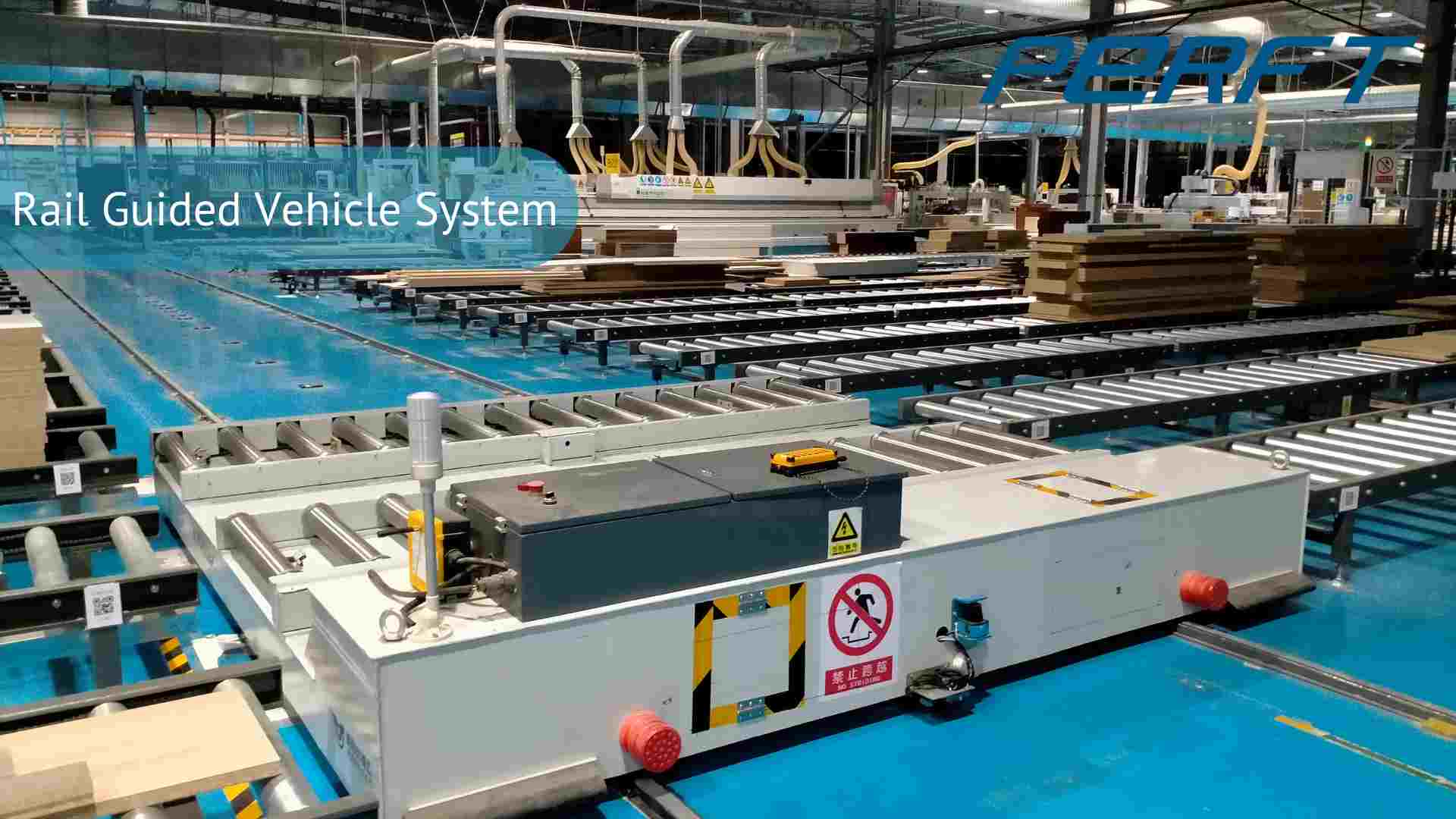
4 Key Factors for Transfer Cart on Rail Selection
- Material Weight
Material weight is the primary consideration when selecting rail transfer cars. Different types of rail cart load capacity vary greatly, only on the actual weight of the goods handled, in order to choose the appropriate load capacity of rail flat car. If the choice of rail transfer cart load capacity is too small, it may lead to equipment damage or even safety accidents; if the load capacity is too large, it will cause equipment cost waste and idle resources.
- Handling Frequency
Handling frequency should not be ignored. Frequent handling operations require higher durability and operational efficiency of transfer cart on rail. For the handling frequency of high scenarios, choose stable performance, easy maintenance of transfer cart on rail, in order to reduce equipment failure downtime, improve overall productivity.
- Track Conditions
Track conditions include the material of the track, laying flatness, bending radius, etc. These factors directly affect the running stability and service life of transfer cart on rail. In the selection, it is necessary to ensure that rail transfer cart and the existing track conditions are compatible; if necessary, the track can be transformed or choose to have special adaptability of transfer cart on rail.
- Working Environment
The working environment is also an important reference for selection. For example, in the narrow space of the workshop, you need to choose a compact size, flexible operation of transfer trolley on rail.
In high temperature, humidity, and other special environments, it is necessary to choose rail transfer cart with the corresponding protective properties to ensure the normal operation of the equipment.
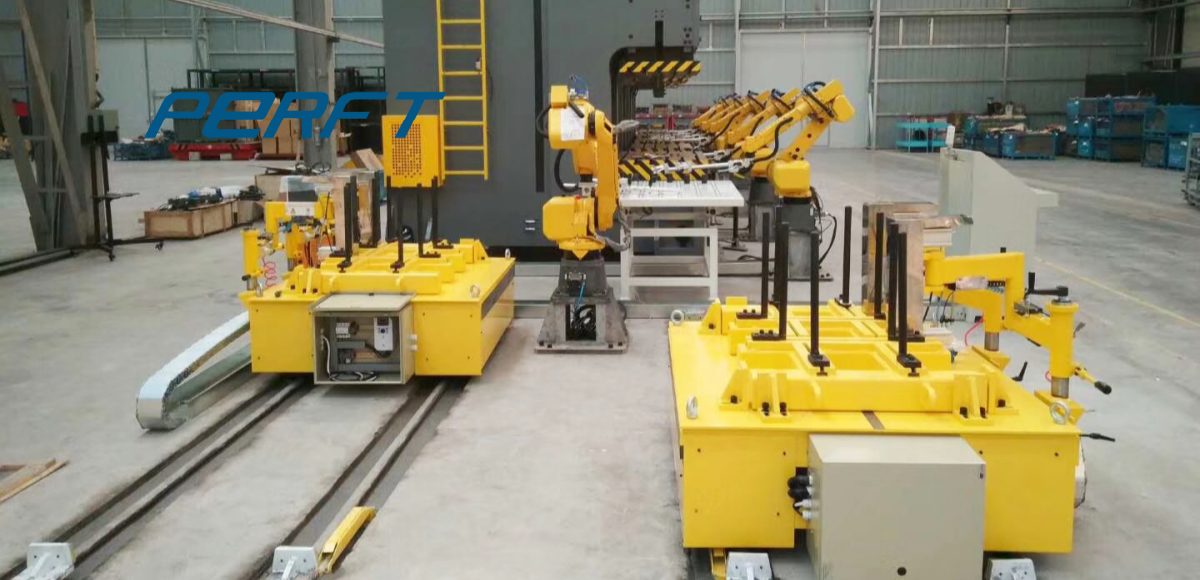
Dynamic Change of Transfer Trolley Load Division
It should be noted that the load division of rail transfer cart is not a fixed standard. With the continuous change of the actual demand and the continuous development of technology, the division of load capacity is also constantly adjusted and refined. Enterprises in the actual application, according to their own special needs, and equipment suppliers, communicate with the customized program, in order to get the most suitable rail transfer cart.
From light to heavy duty, different types of rail transfer cart offer unique advantages in their respective fields. When purchasing electric rail cart, only by comprehensively considering the weight of goods, handling frequency, track conditions, working environment and other key factors, and paying attention to the dynamic change of load division, can we choose rail carts whose performance matches with the requirements of use, and realise highly efficient and safe material handling operations!
Back to List
-
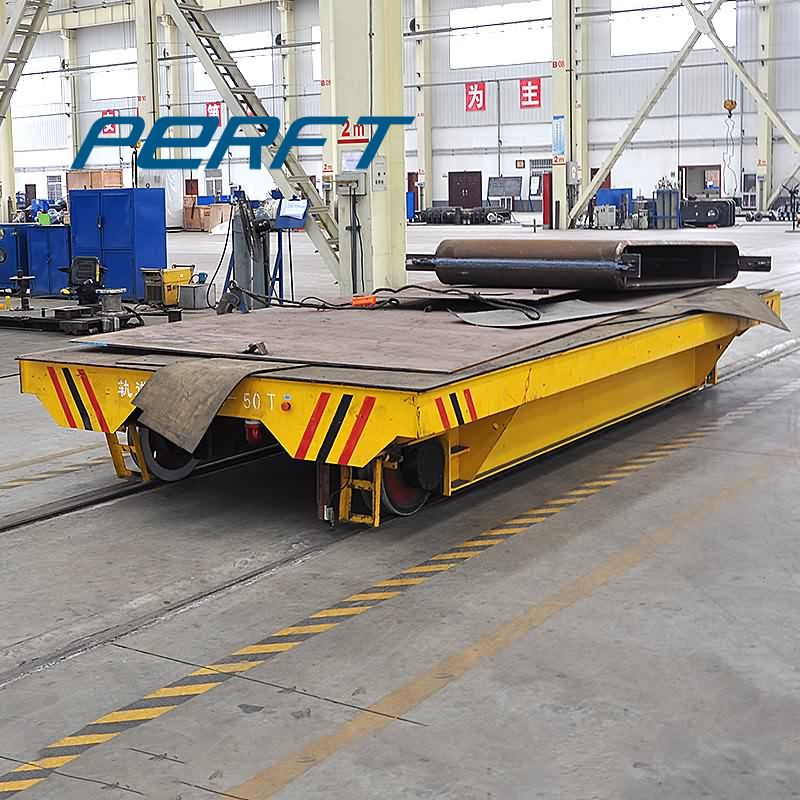 下午5:00Precision Docking for Rail Transfer Carts Smart Handling
下午5:00Precision Docking for Rail Transfer Carts Smart Handling -
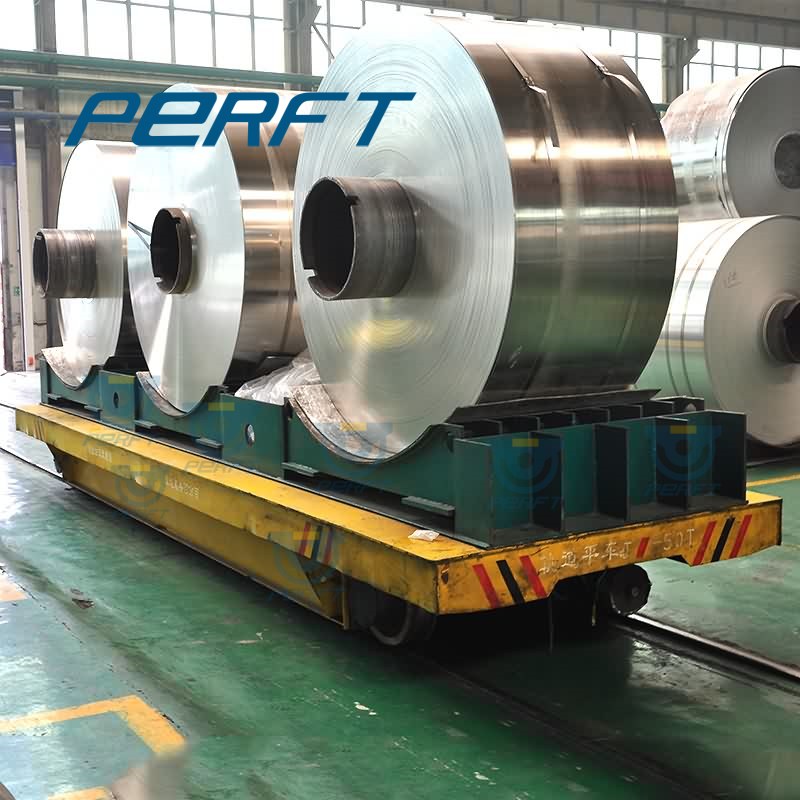 上午9:33C-Hooks and Coil Transfer Carts
上午9:33C-Hooks and Coil Transfer Carts -
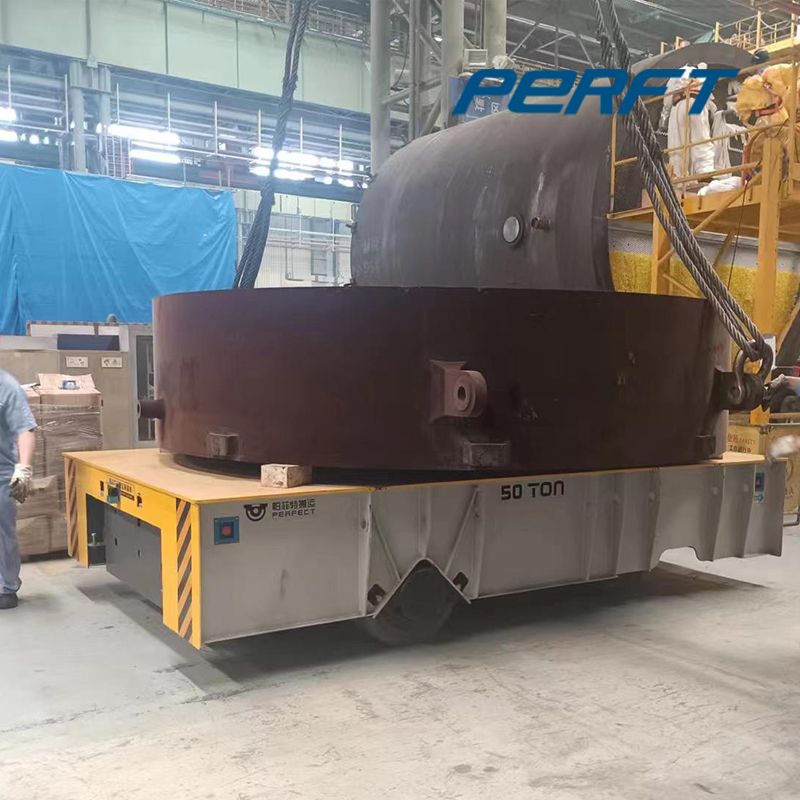 下午6:23Transfer Carts vs. Forklifts: Which is the Better Handling Equipment for You?
下午6:23Transfer Carts vs. Forklifts: Which is the Better Handling Equipment for You? -
 上午10:37Rail Transfer Cart Track Installation Requirements & Features
上午10:37Rail Transfer Cart Track Installation Requirements & Features -
上午9:41Electric Rail Transfer Carts: Types, Load Capacity & Selection Guide

